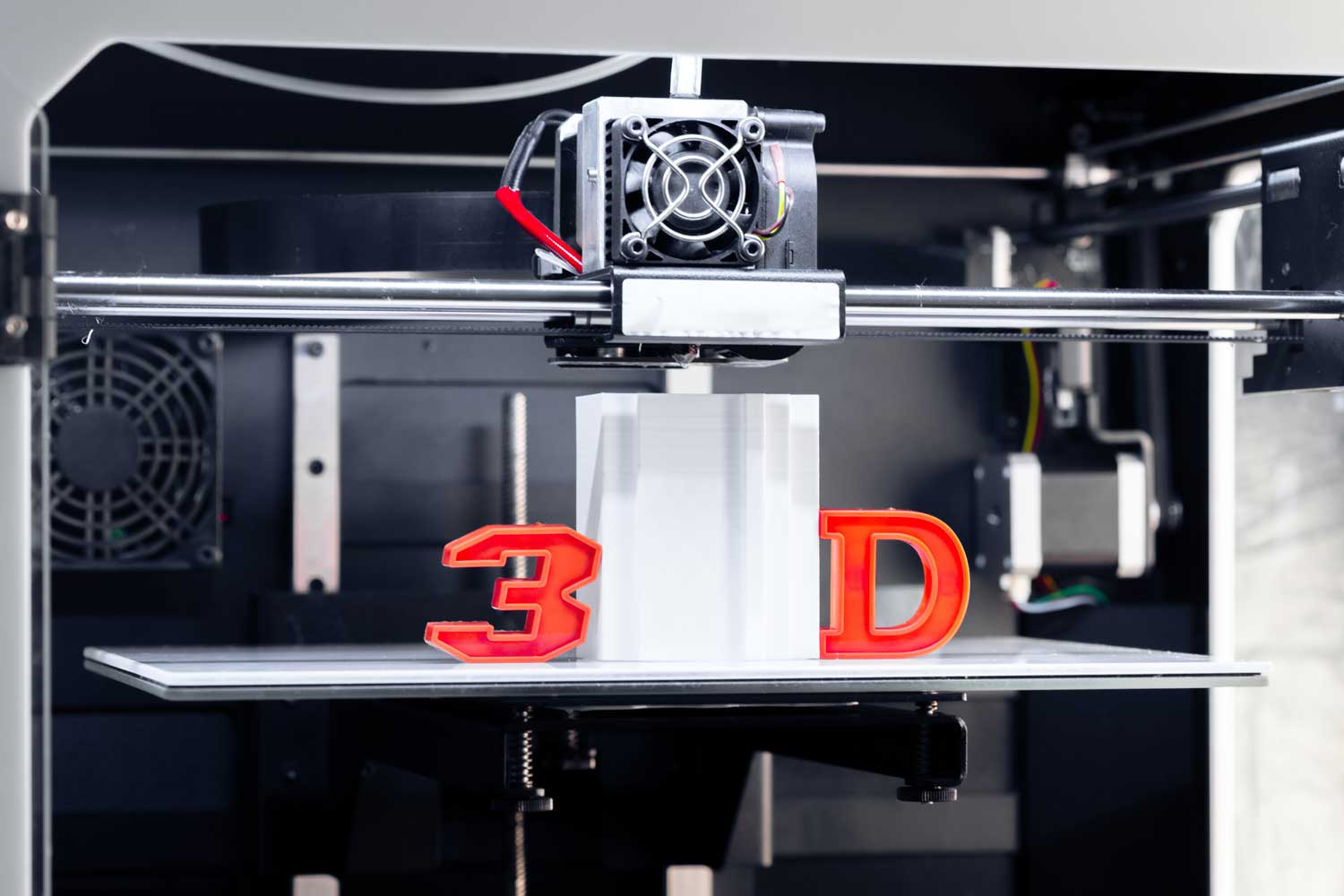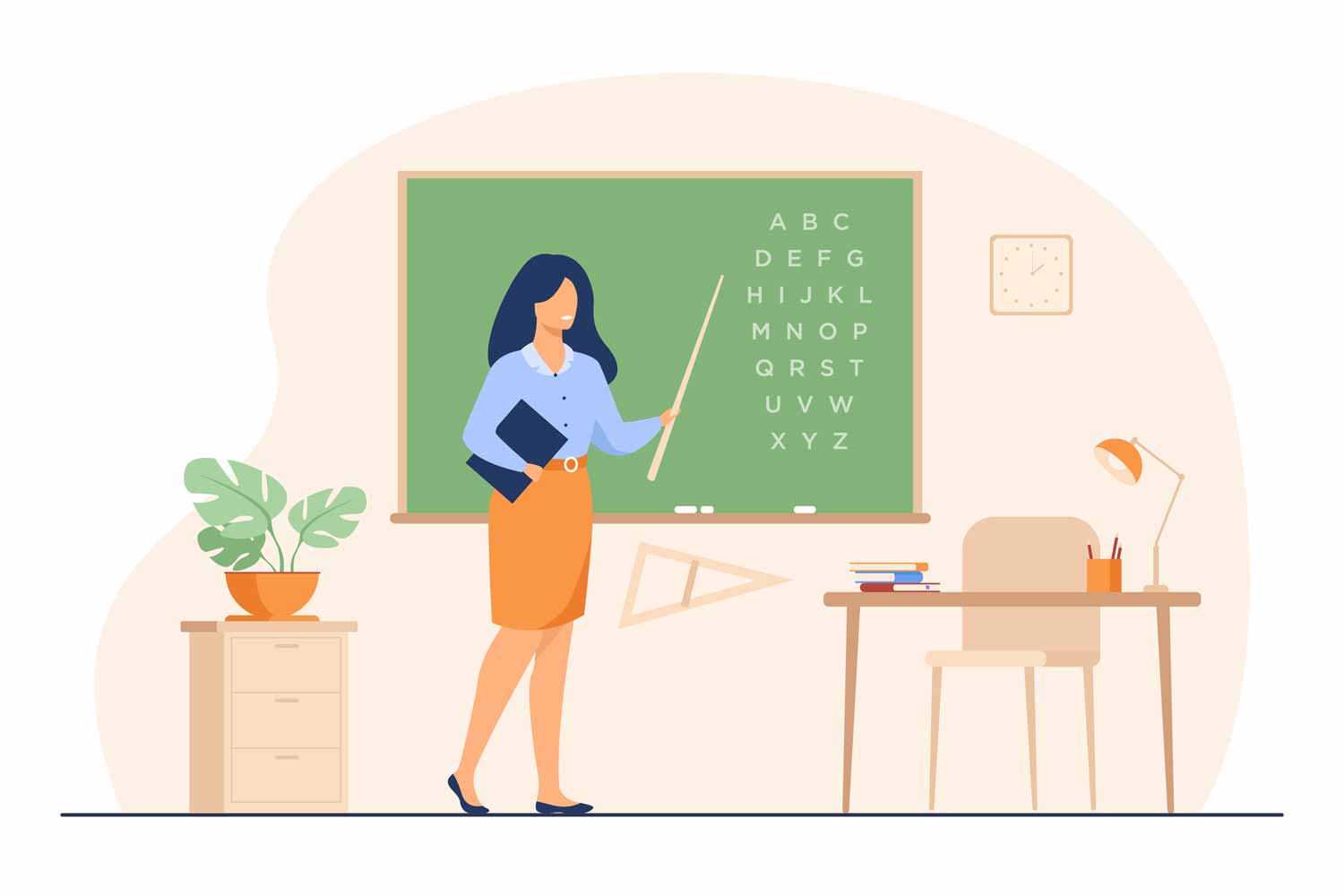It’s a fascinating era for designers and consumers alike. One revolutionary tool that’s steering the ship of innovation is the ability to create 3D models from video.
While one often talks about how 3D technology has transformed gaming and movies, its impact on product design is less talked about but equally transformative.
In the sprawling landscape of consumer goods, 3D technology is a game-changer.
Beyond Sketching: Taking Product Prototyping to New Heights
In the olden days, designing a new product meant endless sketches, physical prototypes, and a lot of crossed fingers, hoping that the final product would match the initial vision.
Imagine creating a complex mechanical part or an ergonomic chair using 2D sketches. It’s like trying to cook a gourmet meal without tasting any ingredients!
3D modeling is changing this dynamic, allowing designers to create, test, and modify prototypes in a virtual world before anything gets physically produced.
Tailor-Made Solutions: Consumer-Centric Design
The dictum “the customer is always right” has found its most tangible expression in 3D design technology. This technology has elevated this aphorism to a tangible reality, equipping designers with the tools to tailor products to the precise specifications of individual consumers.
To illustrate, envision the conception of a bicycle meticulously calibrated to align with an individual’s height, weight, and distinctive riding style. The potential consumer experiences a virtual “test ride” through the medium of the 3D model while designers wield the ability to introduce real-time adjustments.
Customization, once reserved for the privileged few, has undergone democratization, emerging as an intrinsic facet of product design courtesy of the prowess of 3D modeling.
Efficiency Maximized: Saving Time and Resources
When it comes to business, time is money. 3D modeling enables rapid prototyping, reducing the time between concept and product launch. There is no need to build multiple physical prototypes, which saves time and precious material resources.
It’s akin to having a “rehearsal” for a play, making all the necessary adjustments before the final, grand performance. This efficiency also extends to the manufacturing process, reducing waste and cutting costs.
Interactive Shopping: Virtual Showrooms and Fittings
Imagine walking into a virtual store, picking up products, and examining them like in a physical store. Virtual showrooms powered by 3D technology are turning this fantasy into a reality.
From furniture to fashion, consumers can interact with 3D models of products from the comfort of their homes. For instance, you can virtually “try on” sneakers and even walk around to see how they fit and look. The consumer gets a more profound interaction, and brands get valuable feedback.
Adobe states, “Creating 3D objects from images is a great way to augment your 3D pipeline. While objects that may be prominently featured in a shot may merit the detail and care of hands-on modeling, many shots are made up of countless objects.”
Long-Term Sustainability: Responsible Production
3D design isn’t just about wow-ing consumers; it also has a role in sustainability. Material waste is drastically reduced by enabling precise designs and eliminating the need for multiple prototypes.
Think of it like crafting an intricate sculpture where every chip and cut is pre-planned, avoiding unnecessary damage to the raw material. In a world of environmental challenges, this responsible approach to product design is a win-win for both businesses and the planet.
The embrace of 3D technology in product design is more than just a trend; it’s a paradigm shift. From personalized, consumer-centric designs to efficient and sustainable production processes, 3D technology is revolutionizing how one creates and experiences products.
Like the transition from black and white to color television, this change enhances detail, adds depth, and makes the consumer experience more vibrant.









